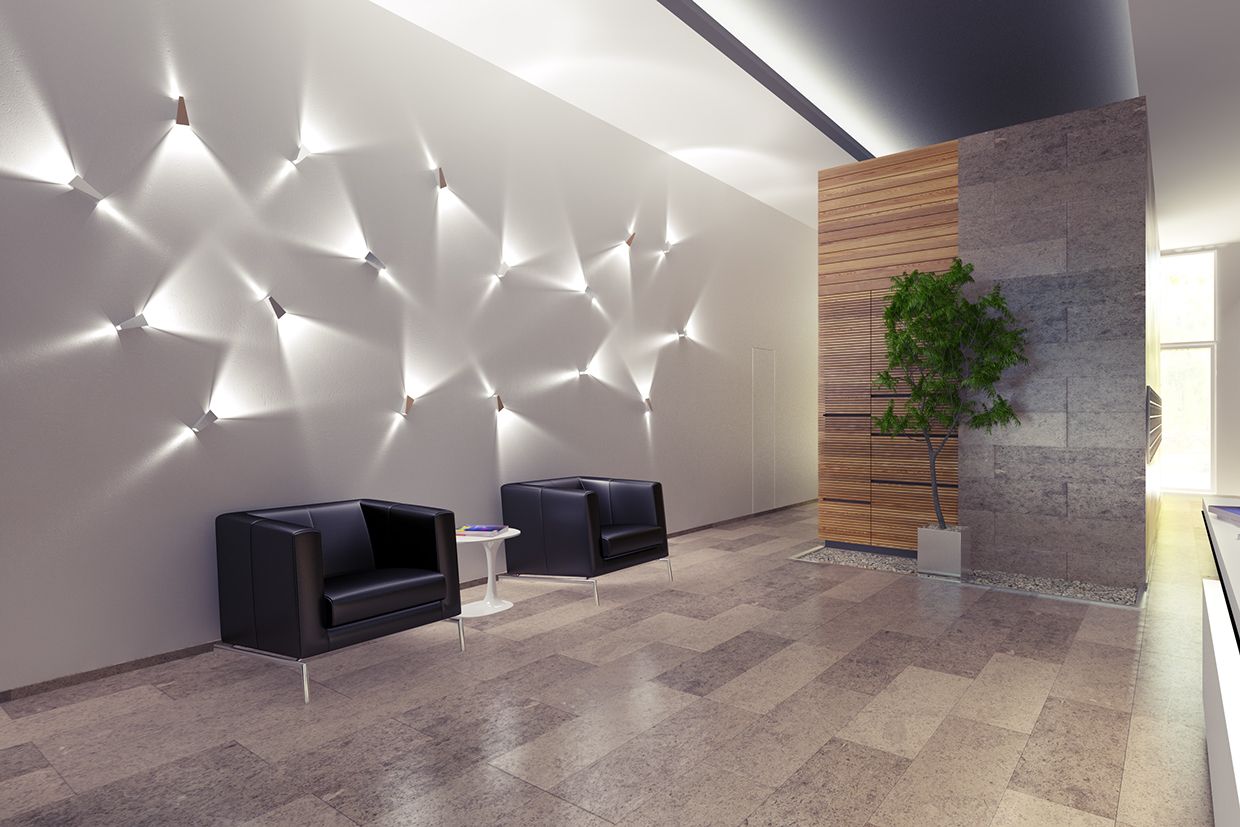
Lighting Design
Lighting design is the planned arrangement of lighting elements to enhance functionality, aesthetics and ambiance. It involves selecting the right types, placement, intensity and colors to create a comfortable and visually appealing space. A well-designed lighting plan improves the visibility, highlights architecture, influences mood, boosts productivity and ensures energy efficiency for both residential and commercial settings.
Our Work Process
01
Understanding Requirements & Space Analysis
Evaluate the lighting needs of a space by considering its purpose, user needs, natural light & design features to create an attractive setup.
find out more
02
Concept Development & Planning
Determine the types of lighting (ambient, task, accent), placement, intensity and the color temperature to create the desired ambiance.
find out more
03
Fixture Selection & Budgeting
Choose the suitable lighting fixtures, materials and technologies while balancing the quality, energy efficiency and budget constraints.
find out more
04
Implementation & Final Adjustments
Install the lighting system safely, test brightness and angles and make the necessary adjustments for optimal performance and aesthetics.
find out more
Frequently Asked Questions
Why is lighting design important?
Lighting design enhances the functionality, aesthetics and ambiance while improving energy efficiency and comfort in a space.
What are the main types of lighting?
The three main types are ambient (general lighting), task (focused lighting for activities) & accent (decorative or highlight lighting).
How do I choose the right lighting for a room?
When selecting lighting, consider the room’s purpose, available natural light, ambiance & energy efficiency to create a functional space.
How can I make my lighting more energy-efficient?
Use LED bulbs, install dimmers, utilize natural light and choose energy-efficient fixtures to reduce the electricity consumption.
What is layered lighting and why is it important?
Layered lighting combines different types (ambient, task and accent) to create depth, balance and functionality in a space.
How do I reduce glare and shadows in lighting design?
Use diffused light sources, indirect lighting techniques and proper fixture placement to minimize the glare and harsh shadows.



